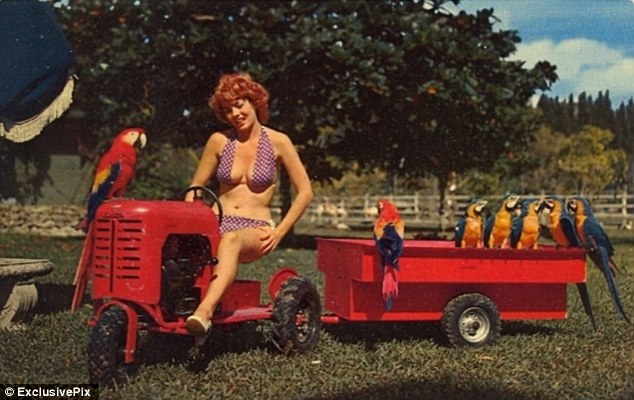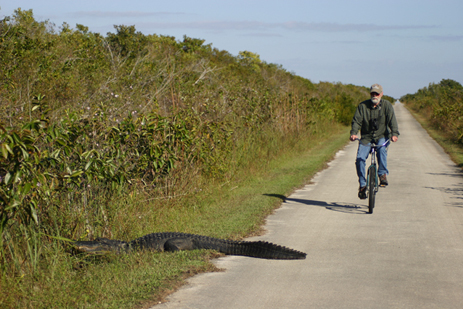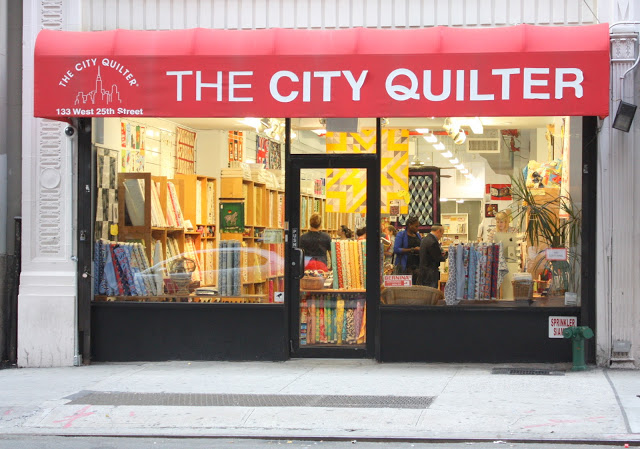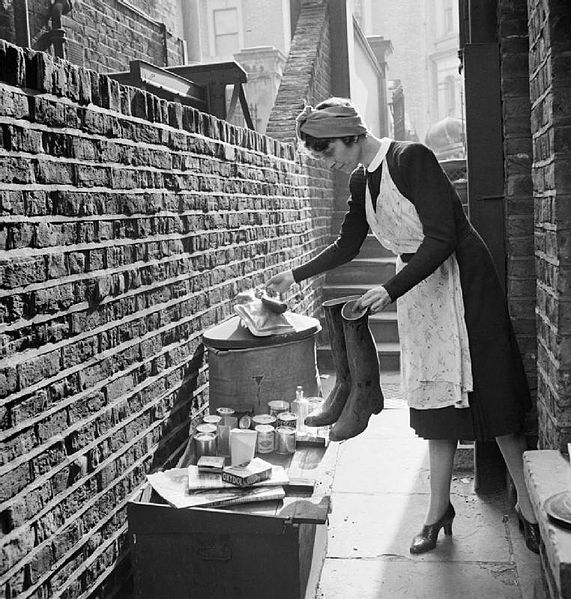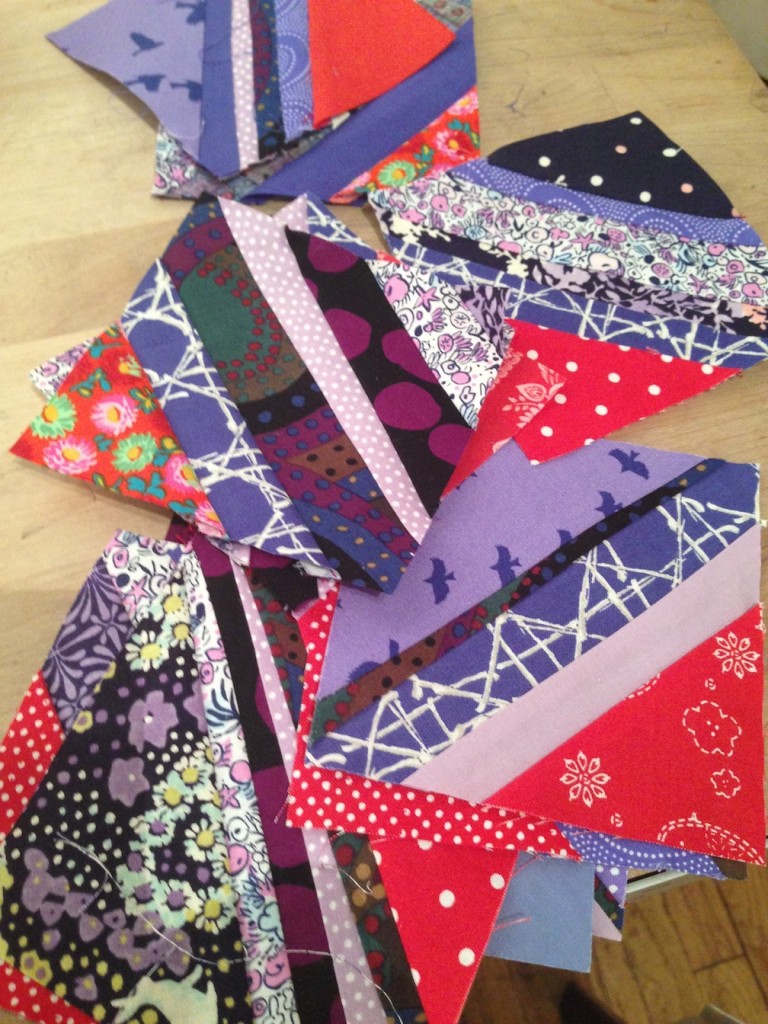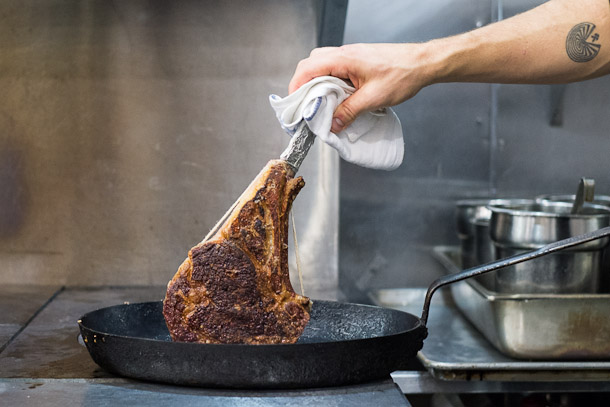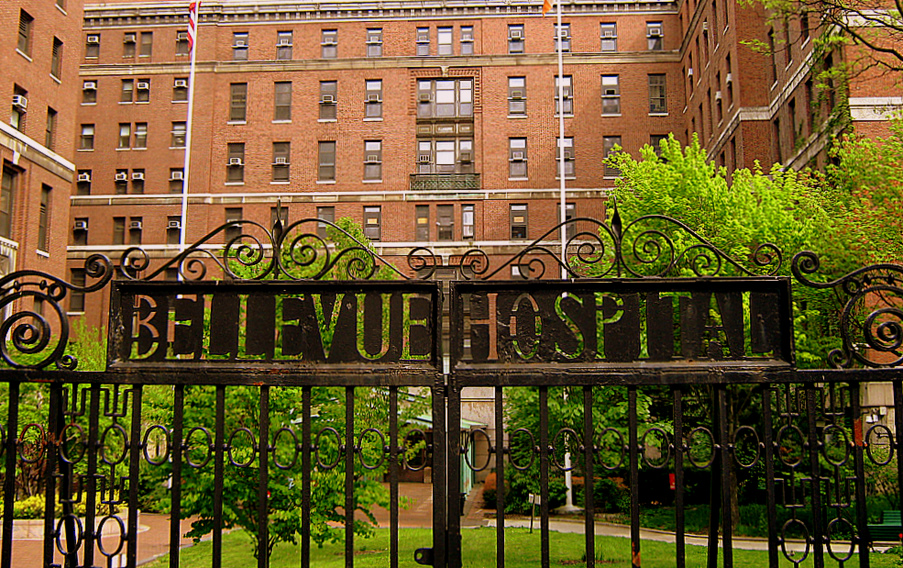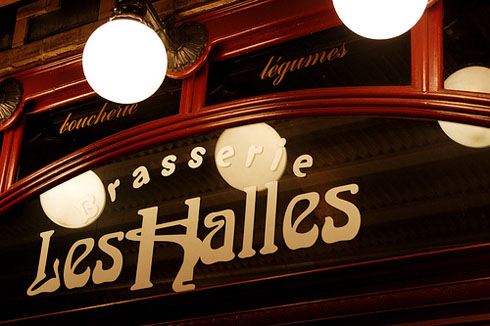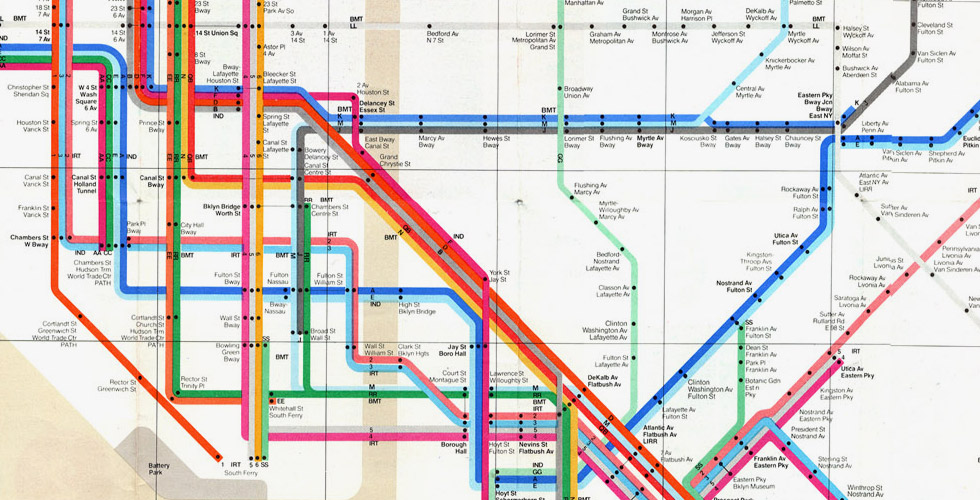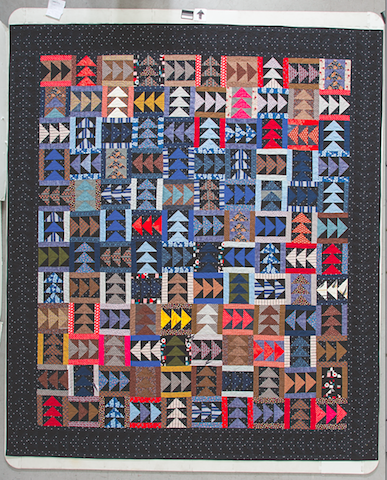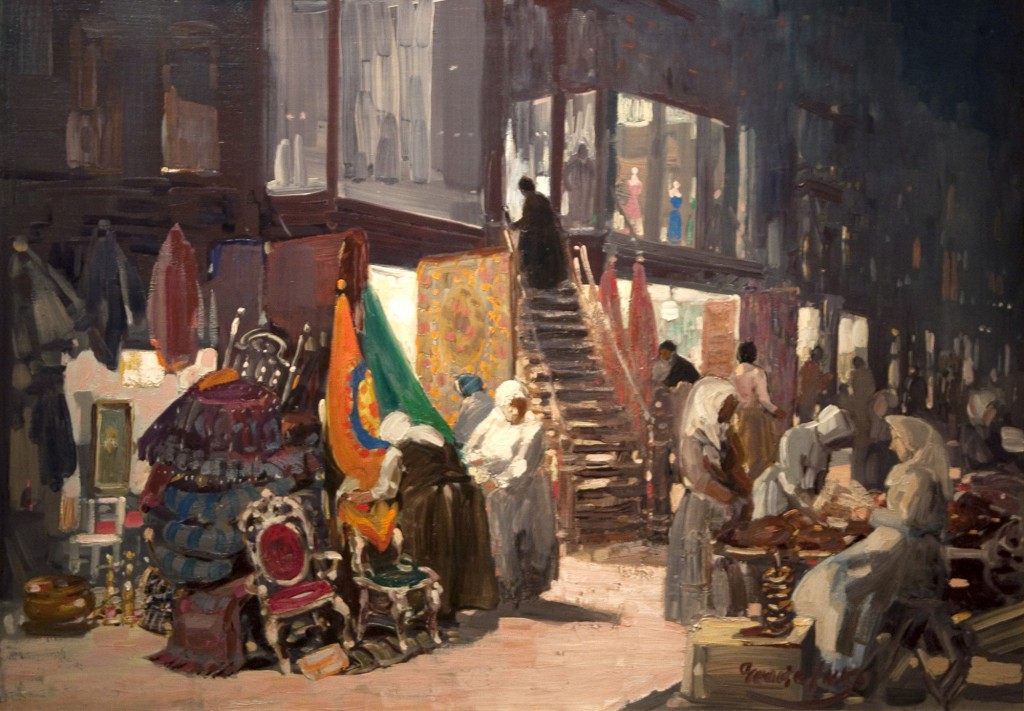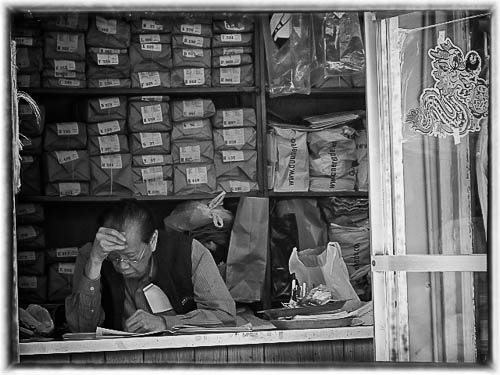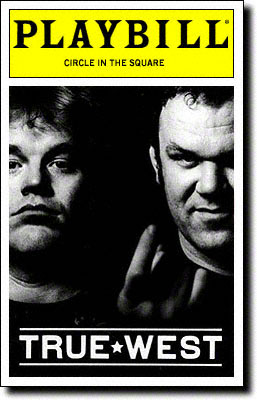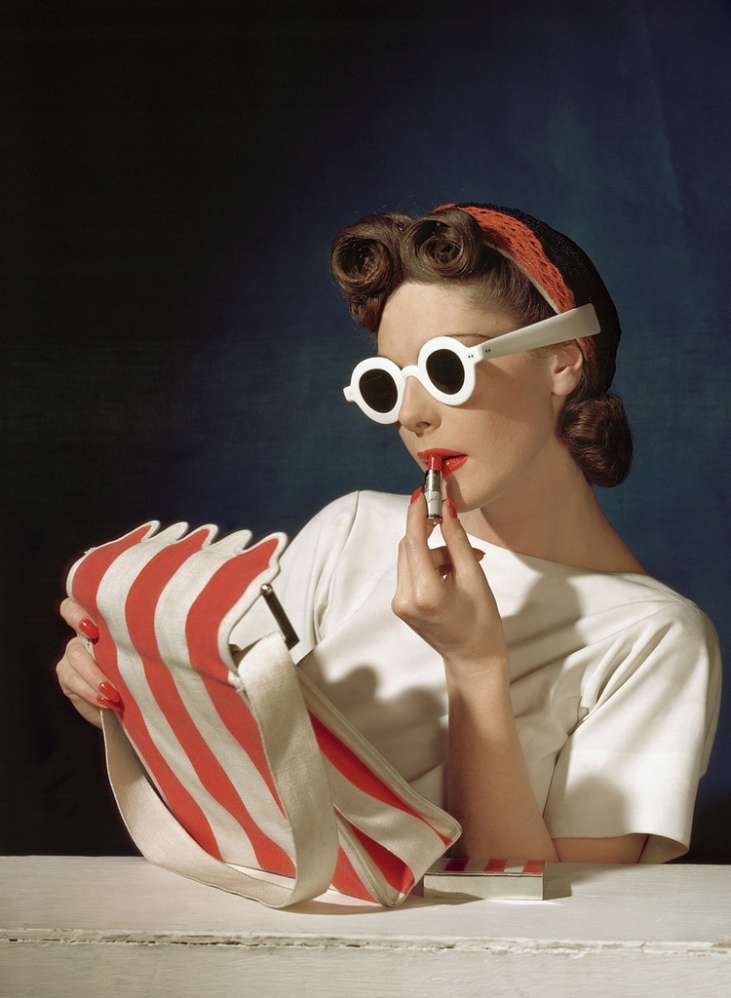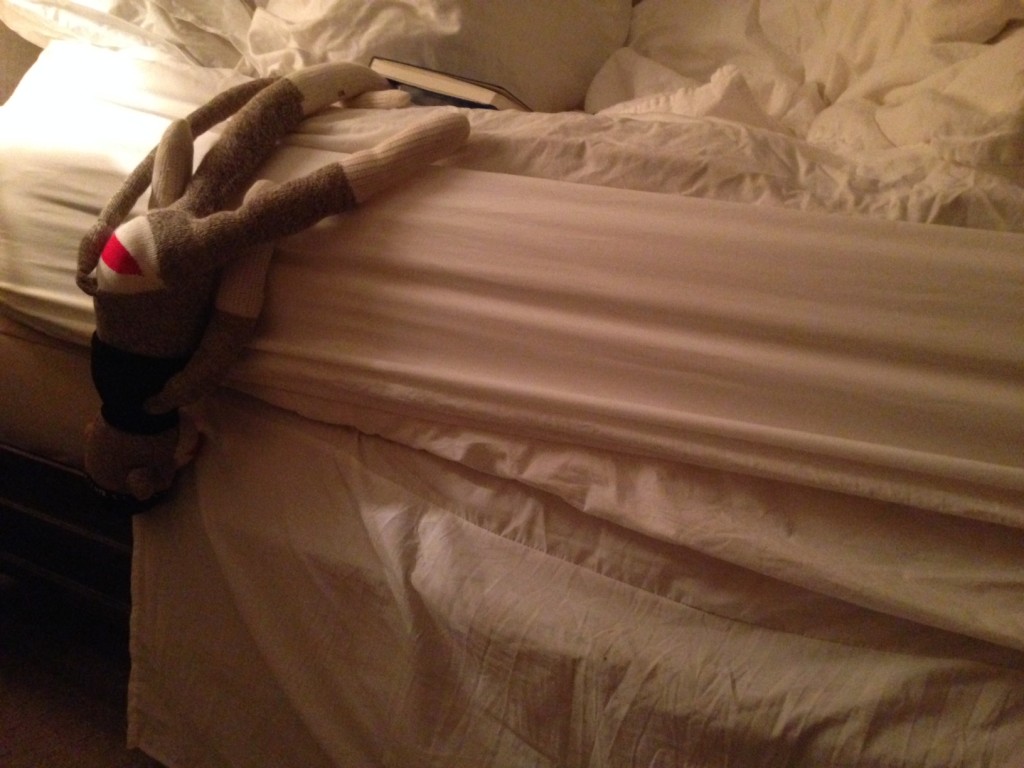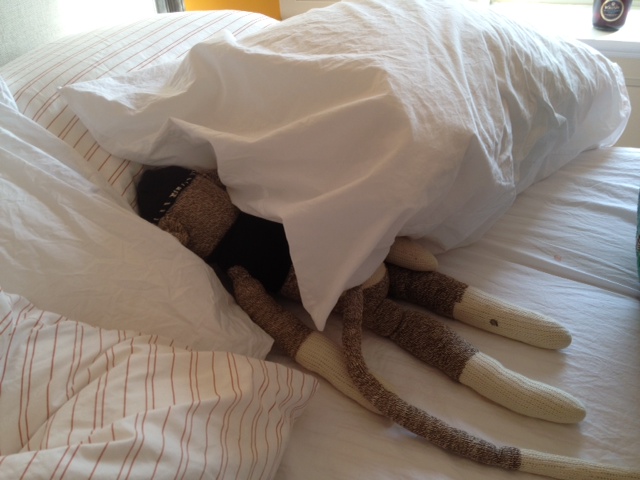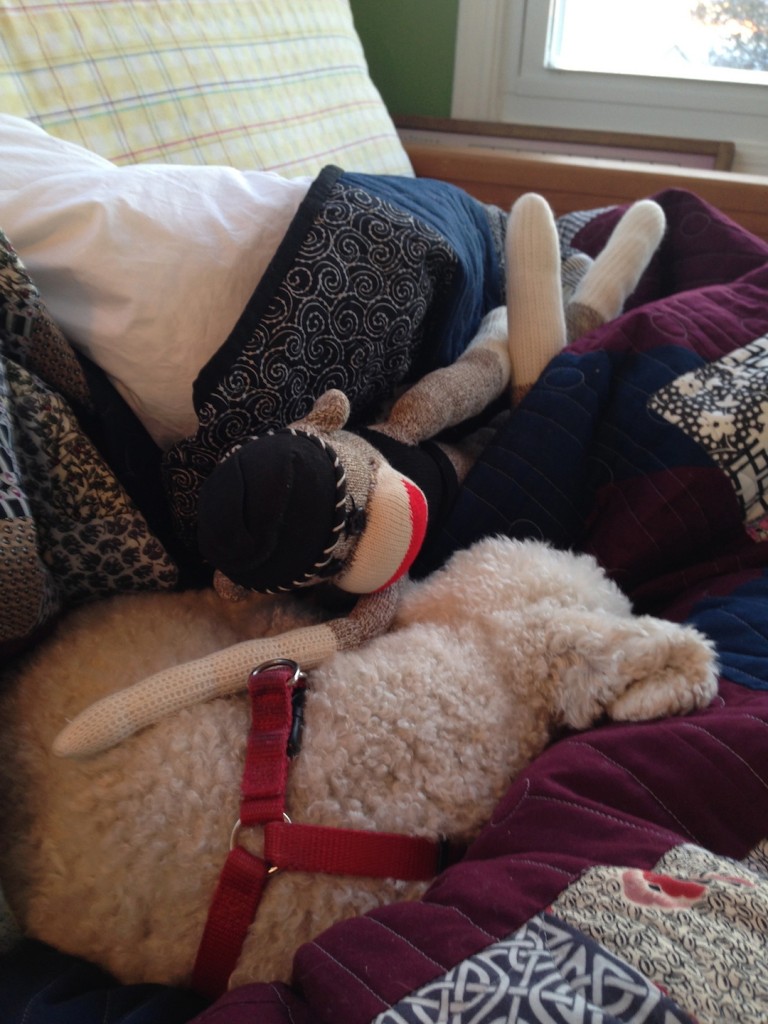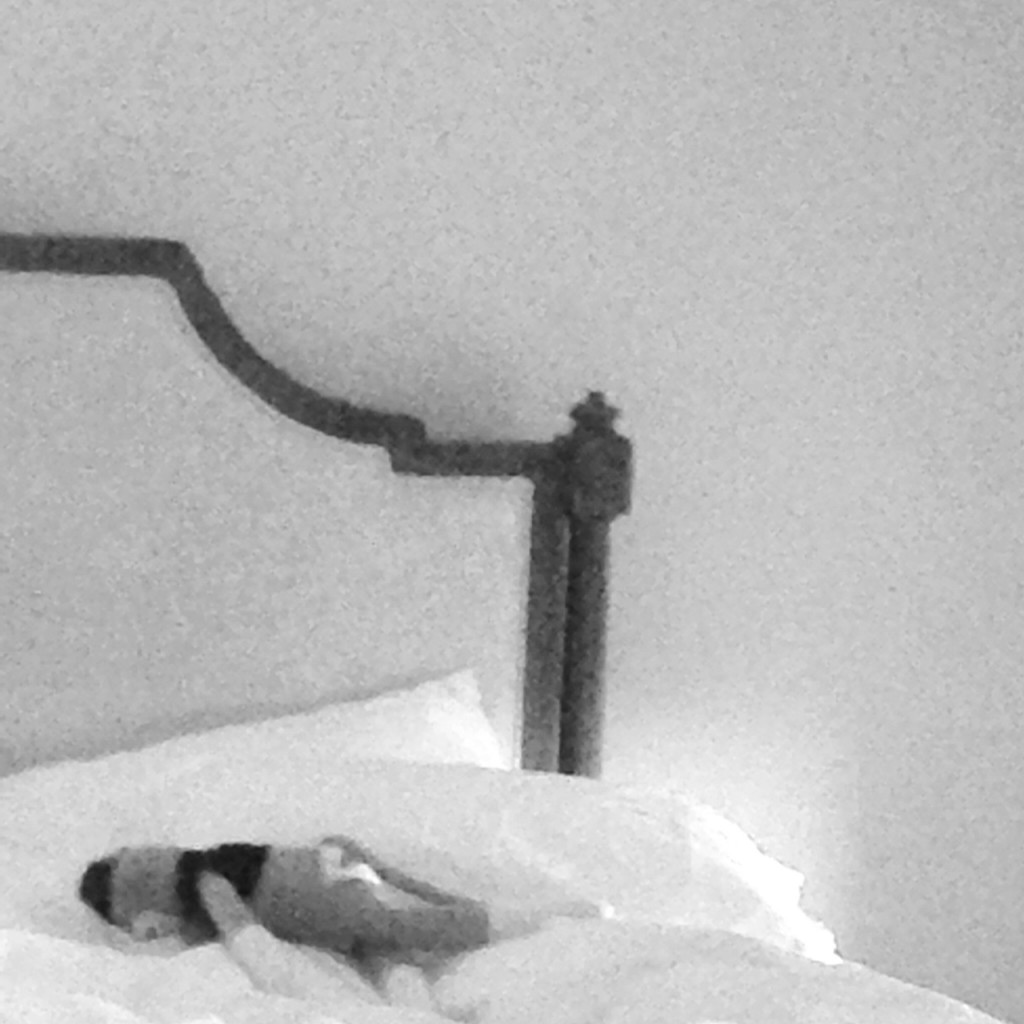
One of the many reasons I enjoy traveling (and I do enjoy it, despite occasional grumbling) is because I am frequently proven wrong. It’s great to be wrong.
Well, not always. You don’t want to be wrong about how much room you’ve got while parallel parking you friend’s Mercedes; you don’t want to be wrong about the date if you’re supposed to get married this afternoon. But when you’ve drawn lukewarm conclusions about a place — say, Pittsburgh — being wrong is awesome.
I thought Pittsburgh was kinda scratchy and grimy and that Pittsburghers were cranky, but the last time I was in Pittsburgh I was in my early twenties on a poetry gig. Turns out it was me who was scratchy and grimy and it was the other poets on the gig who were cranky. Sorry, Pittsburgh.
This time around I’m in high heels, here for Spring Quilt Market (look who’s fancy) and this time, I am seeing Pittsburgh for what it is: a great American city with more character and sass than most. Did you know Pittsburgh has a building called The Cathedral of Learning? It’s the tallest educational building in the Western hemisphere for heaven’s sake! Right here in Pittsburgh! Also, any salad becomes “Pittsburgh-style” when you top it with French fries. True story.
I came in hot yesterday from NYC and went straight to a salon for the manicure I needed to get before I left. I was driven there from the airport by a retired coal worker who, aside from being a really good taxi driver, fought in the Vietnam War, is a native of Pittsburgh, and does all his own plumbing and electric. In his gruff voice, he said, “This is a great city — you’re gonna have fun here, you’re gonna eat great, you’re gonna love it, no doubt about it — but it’s confusing as hell to get around. Accept that now, you’ll be all right. Everything to one side of Liberty Avenue is a street; everything to the other side is an avenue. So, you tell me you need to go to 6th St., we need to confirm.” He pulled his fishing hat down on his head a little further and got me to my manicure (on 6th St.) two minutes early. As we approached the city, I gazed out the window at all the bridges and re-purposed warehouses lining the shores of town. This is when I began to feel I was wrong about Pittsburgh.
At the salon, my manicurist looked so much like Lady Gaga — face, voice, laugh, everything — that I didn’t notice I had picked a horrible nail polish color. We were talking about quilting and she was getting very excited about the prospect of making a quilt herself; I was trying not to stare at her because she looked so much like Lady Gaga it was making me uncomfortable. Now I have a color of polish on my nails that looks positively fungal. But the point is that Lady Gaga is doing nails in Pittsburgh and she is really, really nice.
The research I did about the city surprised me, too: Pittsburgh is consistently ranked, year after year, among the top five most livable cities in the country. This is because there’s a lot of art here (Warhol was born in Pittsburgh and he has his own museum, for example), there are lots of colleges here, the sports teams do pretty well, the municipal government seems to not be fleecing its citizens, and crime is low. Also, the majority of the 300,000-ish people who live here can find work. This was the most revelatory thing I learned: I had the Pittsburgh-as-fallen-steel-capital image in my mind and figured on unemployment and attrition. Not at all. Pittsburgh is vital, thriving, and able to support growth. To wit: Lady Gaga told me the restaurant scene is exploding in Pittsburgh lately. You don’t find a ton of great restaurants in a dying city.
I also discovered that a Dutch artist named Florentijn Hofman created a 40-ft rubber ducky sculpture and Pittsburgh was the first American city to sail it. The artist made the duck to float upon waterways around the globe to bring happiness and joy to the good people of Earth. You can bet your bar of soap Hofman approached Chicago about the duck. He approached New York. Did either city say yes? Nope. But Pittsburgh was like,
“Let me make sure I understand. You want to sail a 40-ft rubber ducky down the Ohio River.”
“Yes, sir.”
“I like it. Let’s take a lunch while Cynthia draws up the paperwork. Do you like salad?”


